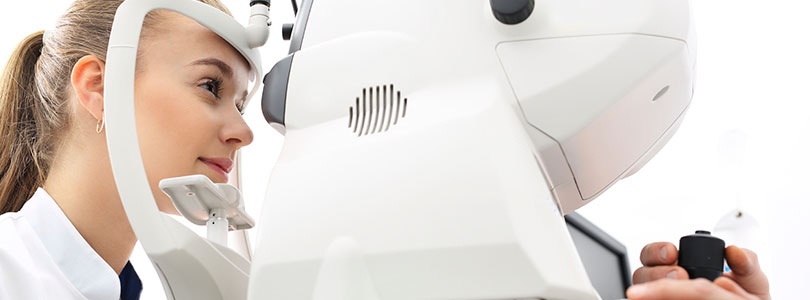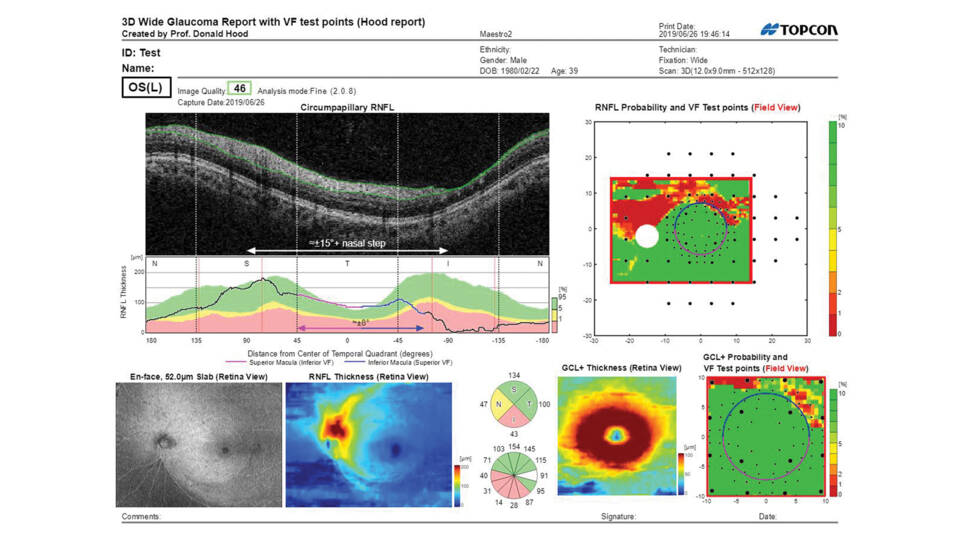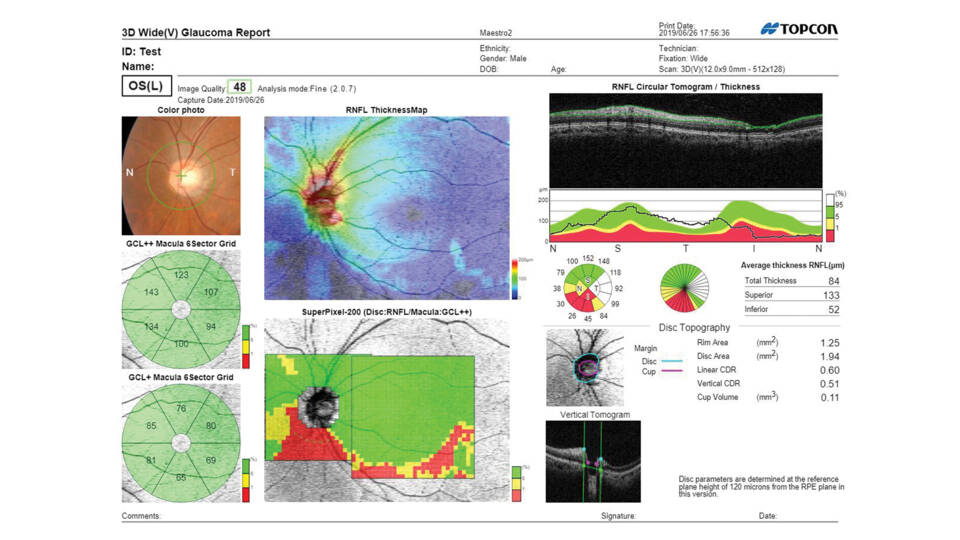
- Non-invasive and painless: OCT scans use light waves to capture images, making them safe and comfortable for patients.
- High-resolution images: OCT provides detailed cross-sectional images of the retina, allowing for precise measurements and identification of subtle changes.
- 3D imaging: OCT can create 3D images of the eye, providing a comprehensive view of the retina and optic nerve.
- Diagnosis of eye diseases: OCT scans can help detect and diagnose various eye conditions, including glaucoma, age-related macular degeneration (AMD), diabetic retinopathy, and detached retina.
- Monitoring disease progression: OCT can track changes in the retina over time, allowing for more effective management of chronic eye conditions.
- Identifying subtle changes: OCT can detect small abnormalities in the retina that may not be visible during a standard eye exam, enabling early detection of potential problems.
- Assessing optic nerve health: OCT can assess the health of the optic nerve, which is crucial for diagnosing conditions like glaucoma and other neurological issues.
- Individuals with a family history of eye disease.
- People with diabetes, as diabetic retinopathy is a leading cause of vision loss.
- Individuals with glaucoma or suspected glaucoma.
- Anyone experiencing vision changes or other eye symptoms.
- Routine eye exams, especially for those over 25.




